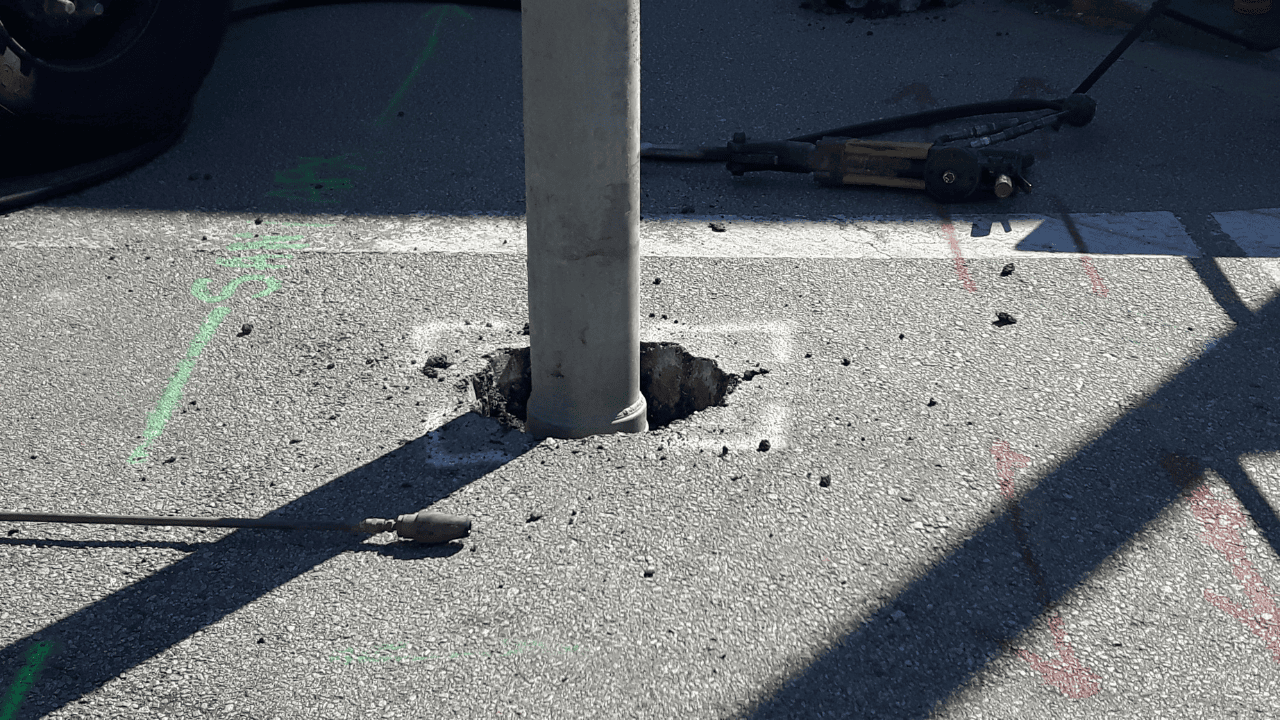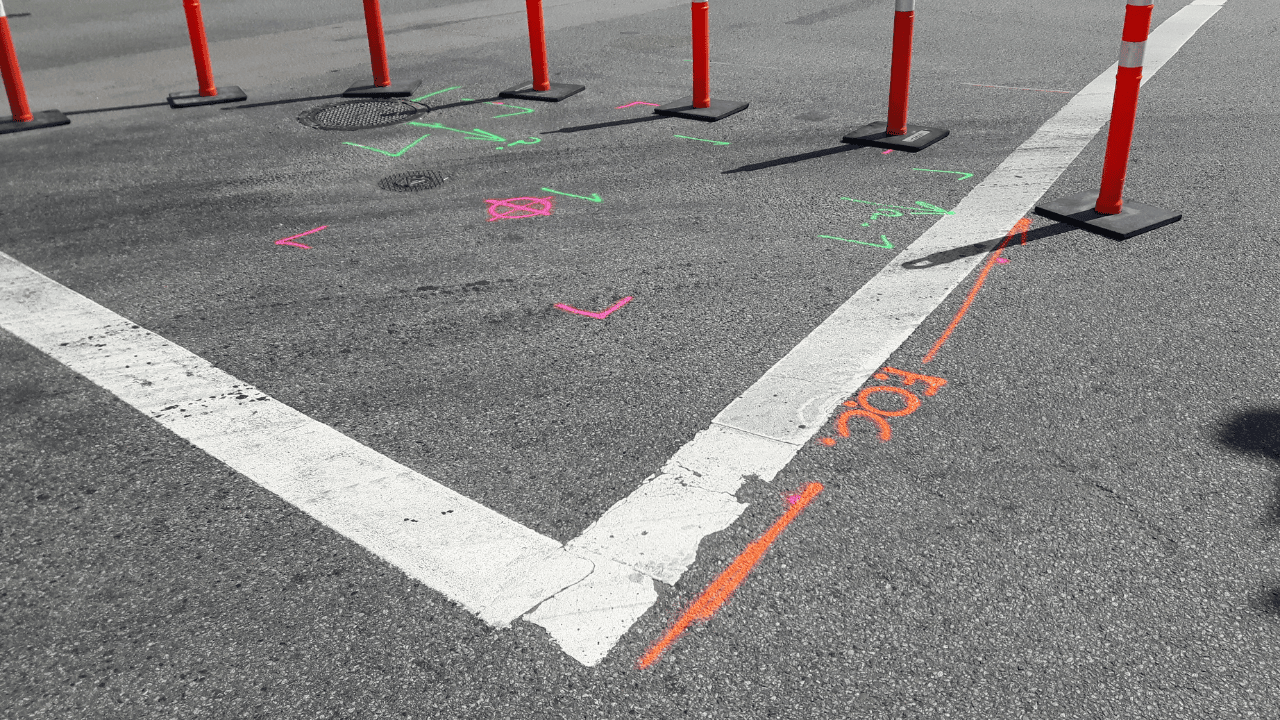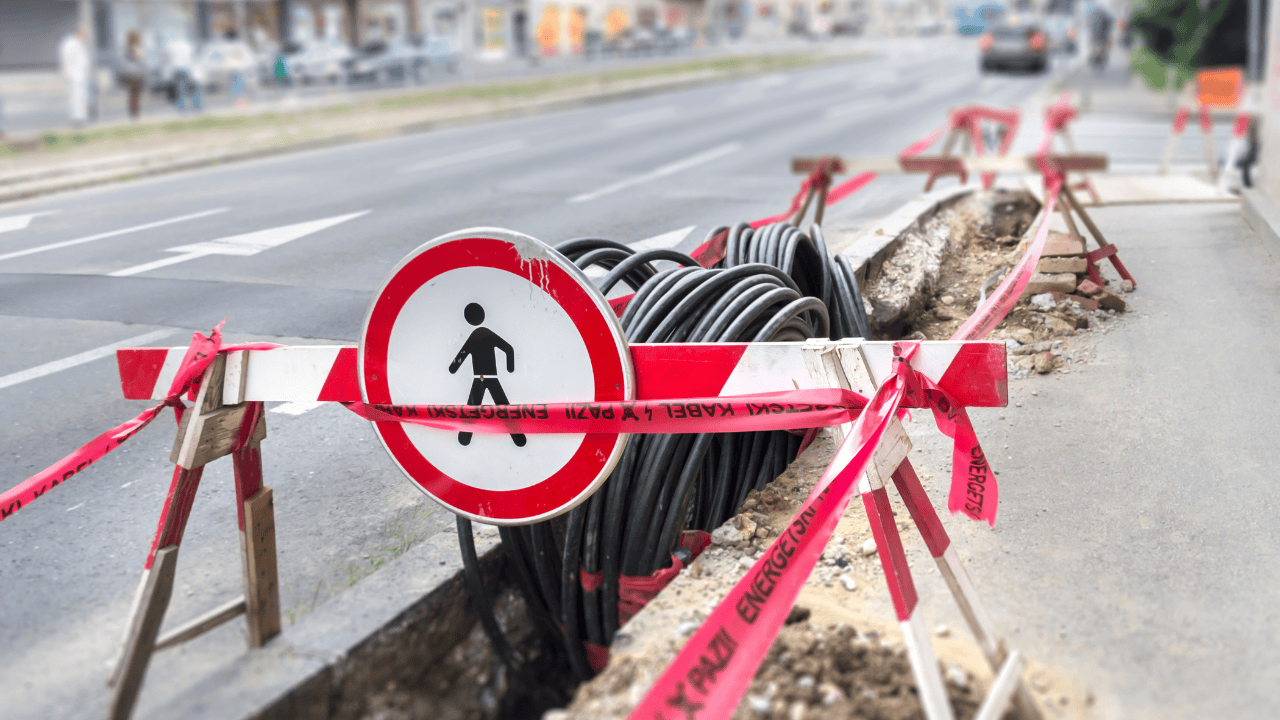Key Takeaways
- Vacuum excavation, or potholing, uses a combination of suction and water jets to safely expose underground power lines without damaging them.
- This method significantly enhances worker and community safety by reducing the risk of accidental damage to utilities during excavation.
- Vacuum excavation increases project efficiency, saving time and costs by allowing quick access to utilities while minimizing labor-intensive digging.
- The precision of vacuum excavation makes it invaluable for locating underground conduits, ensuring accurate identification of utilities in complex urban environments.
- This technique is beneficial in diverse applications, from urban construction projects to residential maintenance and rural infrastructure development, preventing unexpected disruptions and delays.
Excavating near underground power lines comes with significant risks. Damaging these essential utilities can lead to costly repairs, project delays, and safety hazards for workers and the surrounding community.
For project managers, ensuring that these vital lines remain unharmed is a priority, and vacuum excavation, also known as potholing, has emerged as an ideal solution.
This advanced method provides a safe, non-invasive approach to exposing underground power lines, allowing workers to pinpoint their locations without causing any damage. Let’s explore how vacuum excavation works, its advantages, and how it contributes to accurate utility locating services.
Understanding Vacuum Excavation: A Non-Destructive Solution
Vacuum excavation operates on a unique combination of high-powered suction and water jets to remove soil and expose buried utilities without damaging them. The process begins with a jet of pressurized water or air to break up the soil around the target area.
Then, a vacuum hose sucks away the loosened soil, creating a clear path to underground power lines or other utilities. Compared to traditional digging methods, which often pose a risk of damage to buried lines, vacuum excavation provides a controlled, precise solution, making it a preferred choice for electrical line locating in areas with densely packed utilities.
- Non-Invasive: Vacuum excavation reduces the risk of accidentally damaging underground utilities, making it an ideal choice for projects in congested or sensitive areas.
- Efficient: This method allows for quicker completion of excavation tasks without requiring manual digging, which is both labor-intensive and riskier.
Advantages of Vacuum Excavation for Utility Locating
Utilizing vacuum excavation offers numerous advantages in locating underground power lines. From enhancing project safety to increasing efficiency, the benefits of this method make it valuable for contractors and utility companies alike.
Enhanced Safety for Workers and the Community
One of the biggest advantages of vacuum excavation is its commitment to safety. By minimizing physical contact with underground utilities, this method significantly reduces the risk of accidental damage, which is especially important in the case of electrical line locating.
Traditional digging can often lead to unintended contact with buried conduits, but vacuum excavation keeps workers safely away from these high-risk zones. This safety-first approach is ideal for utility conduit locating, where sensitive electrical lines may be located near other utilities, such as gas or water lines.
- Vacuum excavation equipment keeps workers at a safe distance from power lines, lowering the chance of injuries caused by accidental line contact.
- By reducing the likelihood of utility damage, vacuum excavation protects nearby areas from potential hazards such as electrical outages, gas leaks, and other disruptions.
Increased Efficiency and Cost Savings
Incorporating vacuum excavation into utility locating services can lead to substantial time and cost savings. Traditional digging methods can be time-consuming, often requiring extra labor to uncover underground utilities accurately.
In contrast, vacuum excavation allows workers to locate and access these utilities quickly, keeping projects on schedule and minimizing labor costs.
- The quick, accurate nature of vacuum excavation allows for faster progress in power line locating tasks, which is especially beneficial for large-scale construction projects.
- By avoiding accidental damage to utility lines, vacuum excavation reduces costly repairs and maintenance, providing a more economical solution for utility locating.
Precision in Locating Underground Conduits
Vacuum excavation not only boosts safety and efficiency but also provides unmatched precision in utility locating. Unlike traditional methods that often require broad digging in search of utilities, vacuum excavation pinpoints the exact location of underground conduits.
This accuracy is particularly valuable when locating underground conduits that are difficult to detect with conventional digging methods.
- Vacuum excavation reveals the exact position of utilities without disturbing nearby infrastructure, offering valuable precision in utility locating services.
- Precise excavation reduces the impact on the surrounding area, making it easier to preserve existing infrastructure and landscaping during the process.
Practical Applications and Scenarios of Vacuum Excavation
Vacuum excavation has diverse applications in the construction and utility sectors. From urban areas with dense infrastructure to rural locations where utility maps may be inaccurate, this method helps construction crews accurately and safely locate underground utility lines.
Here are a few real-world scenarios where vacuum excavation proves particularly beneficial:
Urban Construction Projects
In urban construction projects, utility locating services are crucial. Cities are densely packed with essential utilities like water, gas, and power lines, making accurate power line locating a necessity.
Vacuum excavation provides a way to uncover these utilities safely without disrupting other infrastructure or compromising the structural integrity of nearby buildings.
- Safeguarding Utilities in Crowded Spaces: Vacuum excavation works effectively in narrow or crowded areas where traditional digging is impractical.
- Ensuring Project Continuity: By reducing the risk of damaging essential utilities, vacuum excavation allows projects to proceed smoothly, avoiding costly delays due to utility outages.
Residential and Commercial Maintenance
Residential and commercial properties often have complex networks of underground utilities that require regular maintenance. Vacuum excavation is an ideal method for locating underground conduits in these settings, ensuring that utilities can be serviced without disrupting residents or business operations.
This approach is especially useful when performing routine checks, repairs, or upgrades to electrical systems.
- Minimizing Disruptions: Using vacuum excavation for residential projects ensures that maintenance can be done quickly and quietly, causing minimal inconvenience to property owners.
- Enhancing Safety: The precision of vacuum excavation helps in safely locating power lines and other essential utilities without risking damage to the property’s infrastructure.
Rural Infrastructure Projects
In rural or undeveloped areas, the locations of underground power lines or other utilities may not be well-documented. Vacuum excavation is particularly advantageous in these scenarios, allowing teams to carefully locate and mark underground utility lines without relying solely on outdated maps or imprecise equipment.
For infrastructure projects like highway expansion or telecommunications installation, this precision can prevent potential issues and keep the project on track.
- Accurate Detection in Uncharted Areas: Vacuum excavation aids in the safe discovery of underground utilities, reducing the risk of unforeseen issues that could arise from relying on inaccurate or outdated maps.
- Supporting Rural Development: This technology helps rural development projects proceed safely and efficiently, ensuring that all underground utilities are accounted for.
Enhance Your Utility Locating Projects with Vacuum Excavation
For any project involving underground utility locating, vacuum excavation stands out as a reliable, safe, and cost-effective solution.
Whether you’re managing a construction site, a residential maintenance project, or a rural infrastructure expansion, vacuum excavation provides unmatched precision and security in power line locating.
It’s about time we embrace the power of vacuum excavation for utility locating projects and ensure that your team has access to this safe and efficient method. Reach out to Util-Locate today and take advantage of vacuum excavation for enhanced safety, accuracy, and overall project success.






